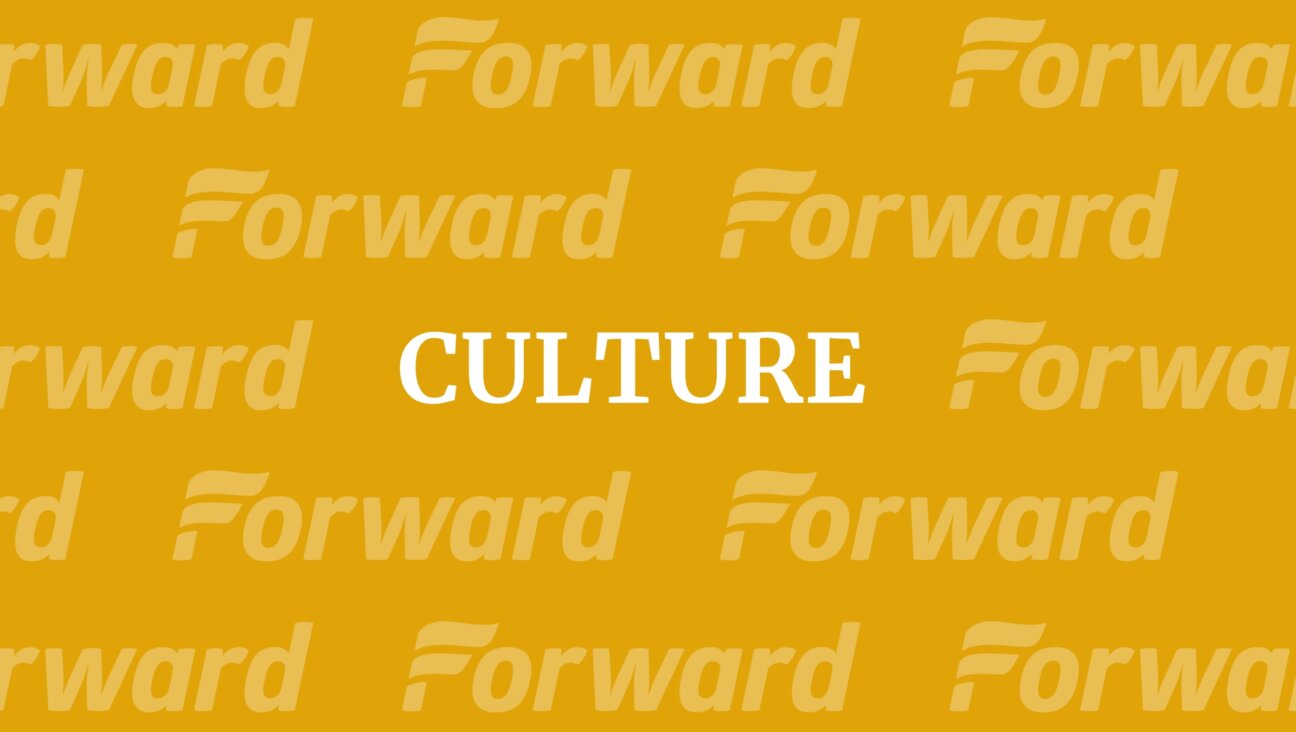Tootsie, Barbie and Beauty Standards

Graphic by Angelie Zaslavsky
I’ve already blogged here at the Sisterhood about my childhood proclivity for Disney Princesses. Perhaps it won’t surprise you, then, that I was also an unabashed doll player. Barbies, paper dolls, American Girl dolls, Madame Alexander. You name it; I played it. Guided by the imaginations of a few close friends sitting together on someone’s rug (and inspired by a handful of accessories), our dolls fought and got dressed. They escaped the Nazis, went on shopping sprees and struggled with poverty. They pined away in fairy-tale cottages. They worked at factories and organized for better conditions (I was a budding agitator) and battled evil and feuded over men and wore pink dresses to skate in the Olympics. I have to admit that I remain nostalgic for the hours upon hours we enjoyed of pure creativity and inventiveness and license to live in our heads.
As innocent as it all seems, and often was, dolls contribute to beauty norms that are as restrictive as kids’ imagination are free. Certainly, I can remember that an era came around when I started looking at myself in the mirror and realizing I didn’t look anything like my dolls, particularly those leggy, skinny, busty Barbies. I stopped growing taller around the time I stopped having the inventive capacity to sustain epic doll-playing sessions, after all. And with these twinned shuddering halts, my initiation into the more painful aspects of American womanhood began. Dustin Hoffman, in a video clip that’s gone viral, cried after auditioning for Tootsie, confounded by one day of being subjected to female beauty standards. Yet many of us have to live with them for a lifetime, and their effect on us begins before we even realize it.
Whether it’s cartoon characters or Disney princesses or Hollywood starlets or Barbies, the images young people see of what women are supposed to look like slowly and indelibly permeate our consciousness. These images are invariably white, thin, airbrushed, plastic, unblemished, overly feminine and, in Barbie’s case, so lopsided that a real woman with those proportions would fall over and be unable to stand.
Barbie herself has always been a potent symbol of all that’s wrong with body image. Back in 1998, The Body Shop create a great ad campaign with a plus size Barbie, Ruby. But it was halted by a cease and desist letter from Mattel because they acknowledged it made Barbie look bad. Soon thereafter, though, Mattel made some subtle adjustment to Barbie’s waistline and hips.
More recently, artist Nikolai Lamm followed in The Body Shop’s footsteps, recreating dolls without makeup and now a “realistic Barbie” project. This time, he reimagined a Barbie doll based on the size and proportions of an average American woman as reported by the CDC. His Barbie is shorter with broader hips and a round butt, but still adorable. I can’t stop looking at her because, well, honestly, I’ve never seen a fashion doll that looked more like I do! I kind of get the urge to dress her up; I think she’d probably look good in the same fit and flare dresses I wear all summer. She even gave me a little extra dose of pride in my own shorter and curvier figure.
For women who aren’t my body type and aren’t white and blonde, even this artist’s “average” Barbie doesn’t reflect them. I’d like to see the body makeover given to Barbie’s panoply of diverse friends like Christie and Miko and Teresa. (I owned them all. Like I said, I loved dolls!) Yet my delighted reaction to seeing “average” Barbie made me think — how easy it would be to give other people the pleasure I experienced! Given that women come in all shapes, colors and sizes, dolls should too. Why not create dolls that foster imagination and self-esteem at the same time?

















